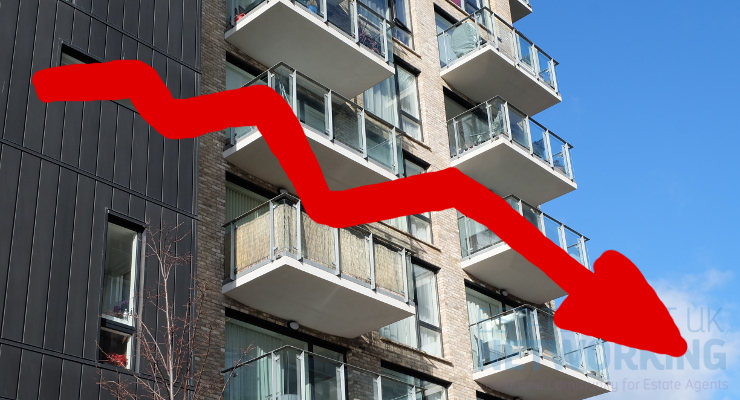Which is the better bathtub – steel or acrylic?
When you’re designing your bathroom, choosing the right bathtub should be a pleasure, not a chore. But while you’re admiring the myriad of beautiful bath shapes and designs available in showrooms such as this one, how do you know which is the best material to go for?
The two main materials that bathtubs are made from are acrylic (a synthetic plastic) and steel (a hardwearing metal alloy). Other materials include cast iron, tin or stone but those types of baths are a lot harder to come by.
You may instinctively feel that steel must be a superior material to acrylic – but beware that there are good and bad versions of each material. Whether you’re after a freestanding bath to give your bathroom the wow factor, or a more practical built-in solution, let’s take a closer look at the pros and cons of each bathtub material.
Acrylic baths
- Competitive price
Acrylic baths are hugely popular and in far greater demand than steel baths. Why? They main reason is that they cost a lot less than steel to produce, resulting in a lower price that’s attractive to buyers. But does the keen price of an acrylic bath make it an inferior product?
In years gone by, the answer would have been a simple yes. If you’re ever experienced an early acrylic bath made from a flimsy material that flexes in the middle as soon as you put bodyweight on it, you’ll be forgiven for having a poor opinion of acrylic baths.
- Strong and durable
Luckily, times and technology have changed. Contemporary acrylic baths are made from a sheet of 4, 5, 8 or 10mm mm thick acrylic. They’re strengthened underneath with a sturdy wooden or steel support frame and a wooden baseboard in the centre of the bath that incorporates layers of fibreglass reinforcement or rock solid resin.
The end result is a competitively price tub that is both strong and lightweight. Compared with a heavy duty cast iron bath that can weigh up to 250kg, acrylic baths are strong and durable enough for everyday wear and tear but only weigh around 45kg.
- Warm to the touch
In contrast to hard, cold steel, acrylic bathtubs are warm to the touch from the get go. Stepping into a nice relaxing soak in the tub, particularly during the cold winter months, is a much more pleasurable experience if you don’t have to get over the shock of lying back on cold steel first.
- Wide choice of designs
Since acrylic is easier to mould into different shapes and designs than steel, there’s a much greater variety of bathtubs to choose from, making it easier to find the right solution for your bathroom. One popular design choice is a bath with a square internal design, which is tricky to find as a steel option at an affordable price. Going acrylic gives you greater options at more affordable prices.
- Easy to care for
As a non-porous material, acrylic cannot be penetrated, meaning mould and bacteria won’t grow on its surface. This makes it a very hygienic bathroom surface that is easy to keep clean on a daily basis and keeps your family safe from harm.
While acrylic is stain resistant, care should be taken to avoid abrasive cleaning products and scouring pads to prevent scratching the surface, as well as strong chemicals that could damage the surface.
Steel baths
- Enduring appeal
While steel baths were a very popular choice in the past, advances in materials technology and manufacturing techniques have seen them overshadowed by modern acrylic baths. That said, if the budget stretches, a steel bath is still the ultimate choice for many bathroom owners. Designer steel baths come in a range of sizes and styles that can look absolutely stunning while giving you the reassurance of an enduring quality product.
- Enamel coating
Steel baths are manufactured from a sheet of pressed steel which is coated in enamel and fired at high temperatures to create a hygienic and durable finish. With steel baths, you get what you pay for. Cheaper baths may chip or scratch more easily if you’re not careful, so careful ownership is recommended. The best quality steel baths, on the other hand, can be up to 3.5mm thick – which makes them extremely resilient and hardwearing, and almost impossible to chip or scratch.
- No discoloration
Premium steel enamel baths are furthermore resistant to chemicals and UV light. Whatever colour or finish you choose, these tubs won’t fade, discolour or change colour over the years, unlike their acrylic cousins. With steel enamelled baths, you get designer looks that perfectly match similarly porcelain washbasins and the WC in the same room.
- Heat retention
While initially cold to the touch, steel baths conduct the heat quickly and warm up well once filled with hot water. What’s more, they actually retain the heat of the water much longer than acrylic baths, meaning you won’t need to top up the hot water as frequently.
- Hygiene and cleanliness
Steel is a non-porous material that doesn’t absorb other substances. As such, it is just as good as acrylic at preventing the growth of mould or bacteria. When cleaning your steel bath, be careful not to use bleach, strong disinfectants or proprietary cleaners that can damage the enamelled surface. If in doubt, warm soapy water is best.
- Eco friendly material
Steel is a natural material and much more environmentally friendly than man made acrylic that is manufactured by burning fossil fuels. As a natural raw material, steel is 100% recyclable and a much better choice for the planet.









